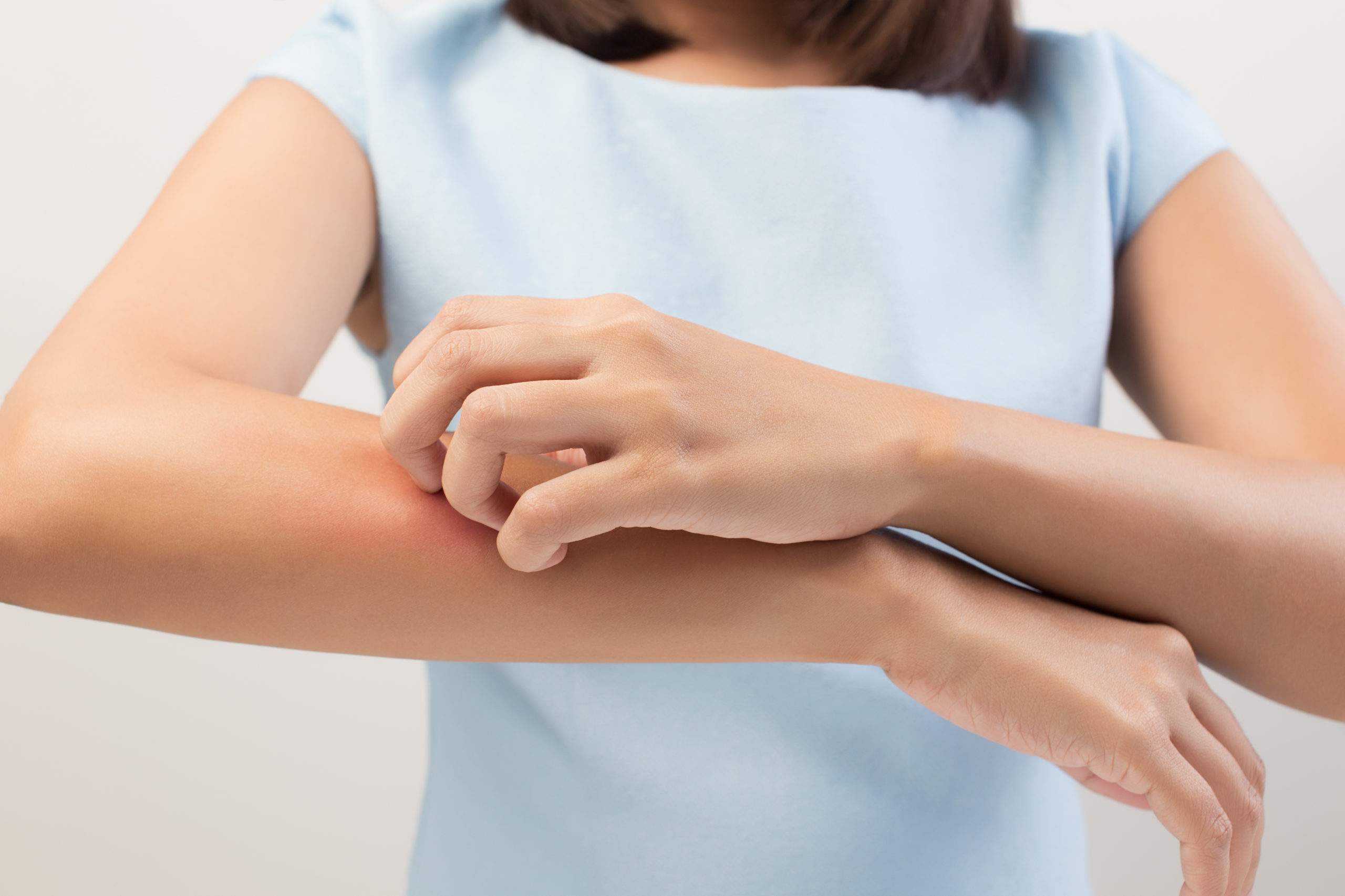Psoriasis is a chronic inflammatory skin disease that affects millions of people worldwide. It causes skin cells to renew much faster than normal, resulting in red, scaly patches of skin. However, the disease does not only affect the skin; it is systemic and can also affect joints and internal organs.
How Can Psoriasis Be Recognized?
Psoriasis is typically characterized by reddish, clearly defined patches of skin with silvery-white scales, which occur mainly on the elbows, knees, scalp, or back. These so-called “plaques” can itch, burn, or hurt. There are also special forms such as nail psoriasis, in which changes occur exclusively on the fingernails or toenails, or psoriatic arthritis, in which inflammatory joint problems are also present.
What Are Its Causes?
The development of psoriasis is complex. Genetic predisposition plays a significant role, as do malfunctions of the immune system. Certain triggers can promote flare-ups, such as infections, stress, skin injuries, or certain medications. Overweight, smoking, and alcohol consumption can also be triggering factors.
What Treatment Options Are Available?
Fortunately, therapy has advanced significantly in recent years. In mild cases, creams or ointments containing active ingredients such as corticosteroids or vitamin D analogues are usually used. In more severe cases, UV light treatments (phototherapy) or systemic therapies that work internally can help. These include classic medications such as methotrexate and modern biopharmaceuticals that specifically target the immune system. The right therapy is selected on an individual basis and depends on the severity of the condition, the affected skin areas, and the quality of life of the person affected.
The 2025 update to the medical guidelines for the treatment of psoriasis vulgaris places particular emphasis on individual treatment decisions and the consideration of comorbidities. Modern therapies such as IL-17 or IL-23 inhibitors offer many patients new opportunities to live virtually symptom-free. Long-term treatment and maintenance therapy are also viewed in a more differentiated manner today. This means that the most suitable therapy for long-term control is determined based on individual factors such as comorbidities, age, lifestyle, previous therapy experiences, and personal preferences. In addition, it is examined whether and when a dose reduction or therapy break is justified without triggering a flare-up.
Psoriasis is a chronic disease that occurs in phases of flare-ups. This can be stressful, both physically and mentally. A holistic approach is therefore important: in addition to medical treatment, the targeted elimination of triggers through skin care, stress reduction, a healthy diet, and regular exercise also play a central role. Many sufferers also benefit from psychological support or sharing experiences in self-help groups.
How mediteo Can Support You
The mediteo app helps you take your medication regularly and correctly. You can document your treatment progress and receive reminders for check-ups – valuable support in everyday life with a chronic condition such as psoriasis.
Sources
-
Nast A. et al. (2025). S3-Leitlinie zur Therapie der Psoriasis vulgaris. Deutsche Dermatologische Gesellschaft (DDG). [AWMF Leitlinienregister]
-
Robert Koch-Institut (2024). Gesundheitsberichterstattung: Psoriasis. Berlin: RKI. [Startseite]
-
WHO (World Health Organization) (2023). Global report on psoriasis. Genf: WHO. [World Health Organization (WHO)]
-
Elmets CA et al. (2021). Joint AAD-NPF guidelines of care for the management and treatment of psoriasis with systemic nonbiologic therapies. Journal of the American Academy of Dermatology, 84(6): 1257–1275.
-
Armstrong AW, Read C. (2020). Pathophysiology, clinical presentation, and treatment of psoriasis: A review. JAMA, 323(19): 1945–1960.
Back to the Blog.

